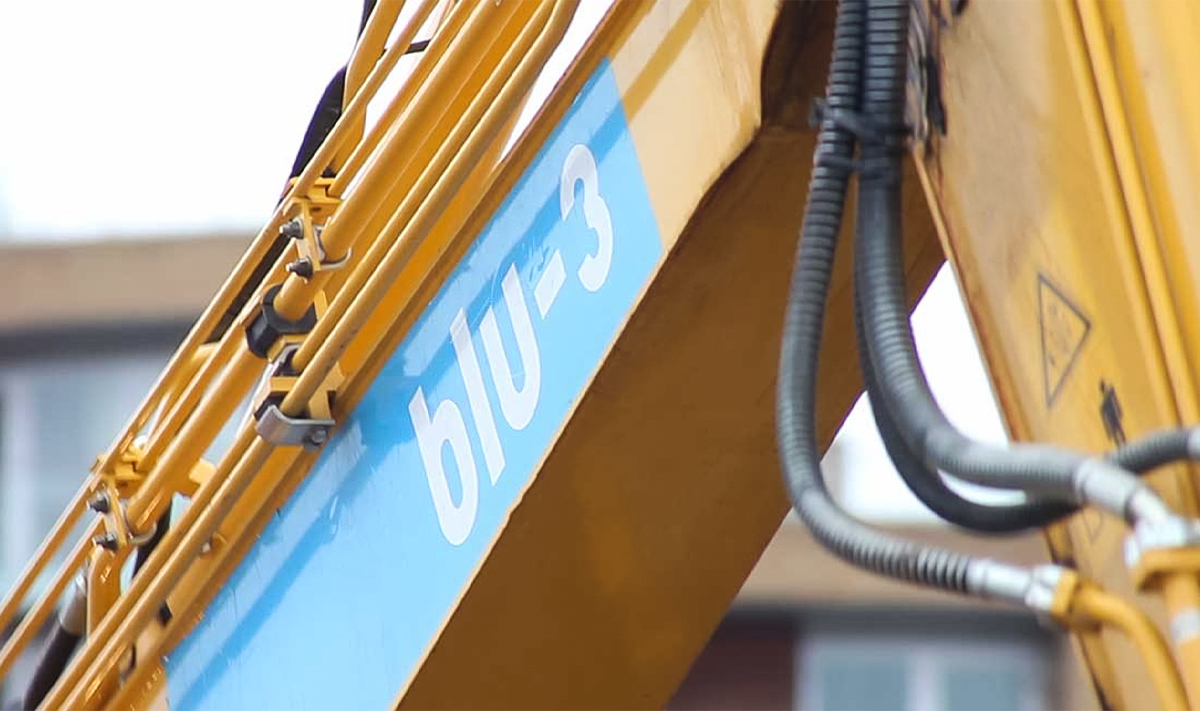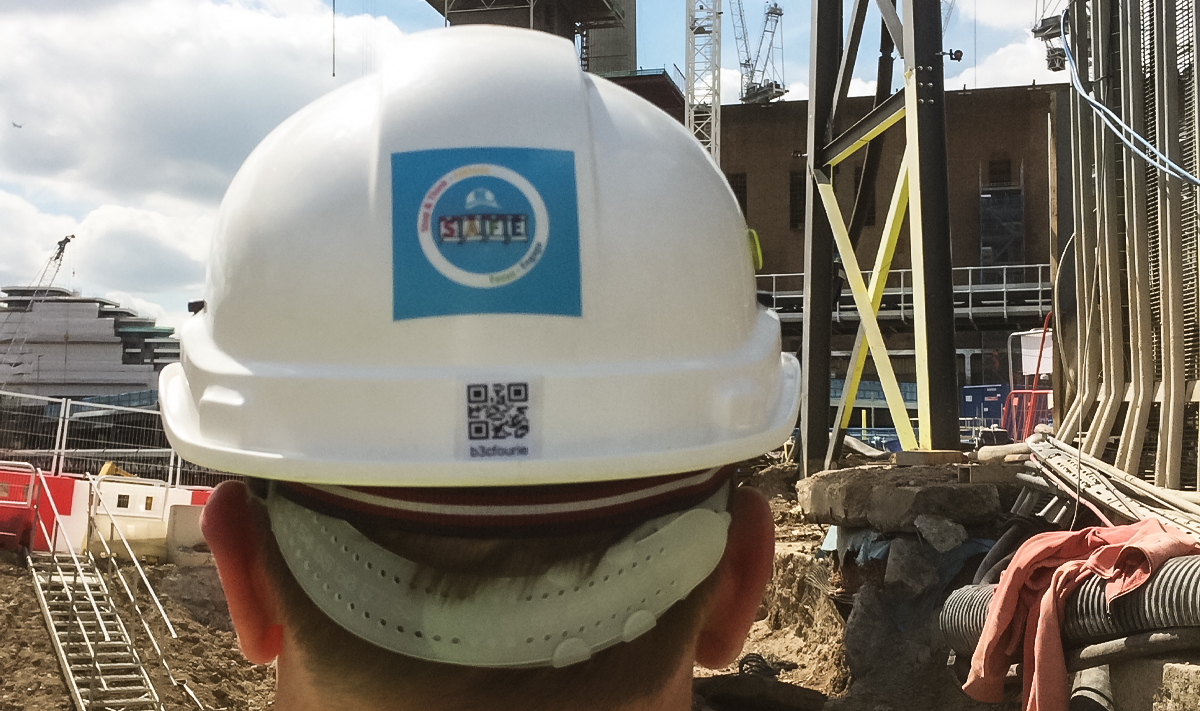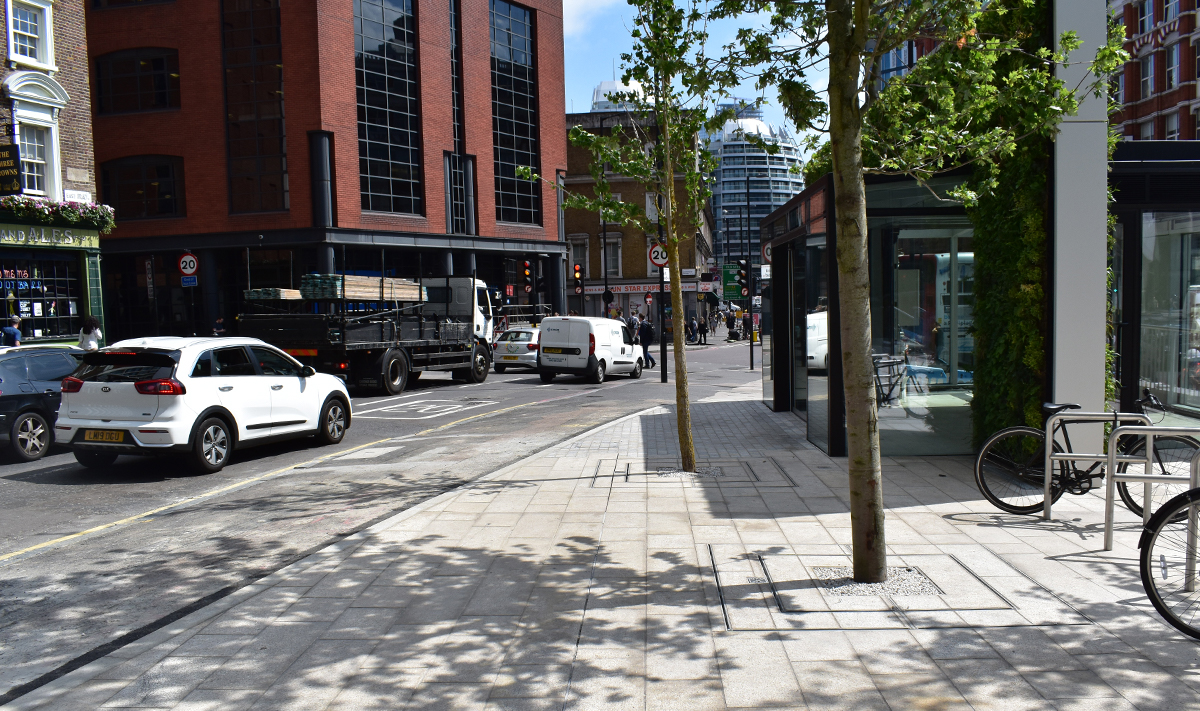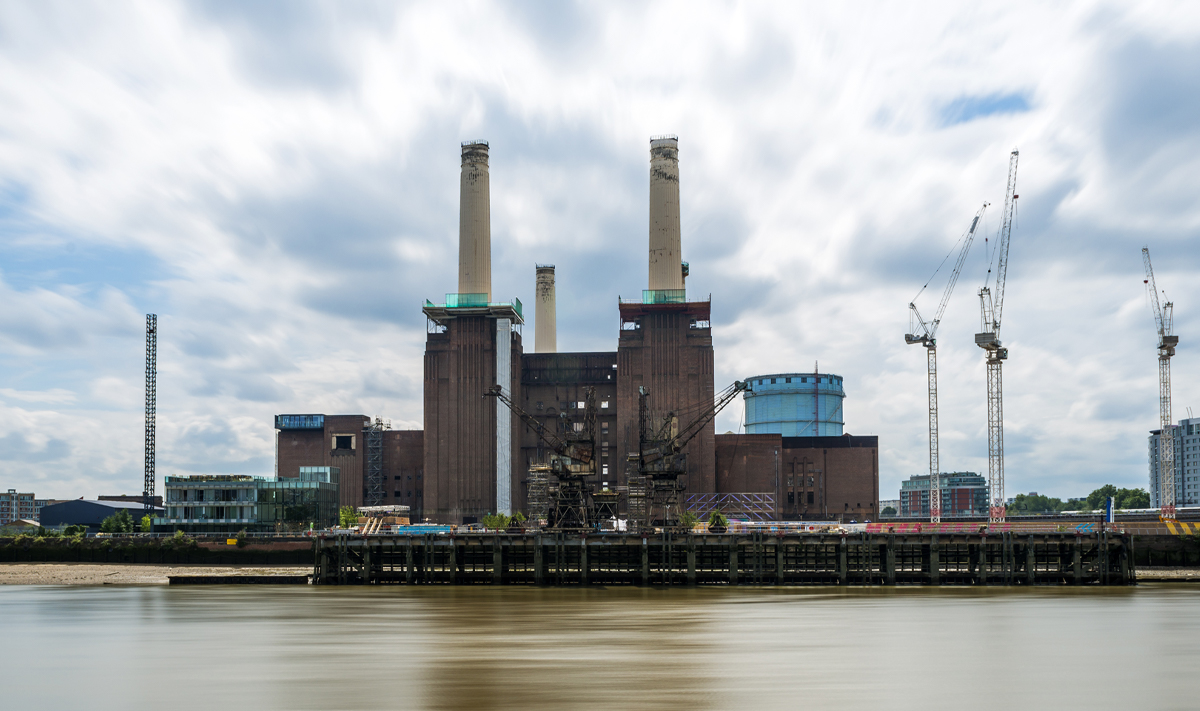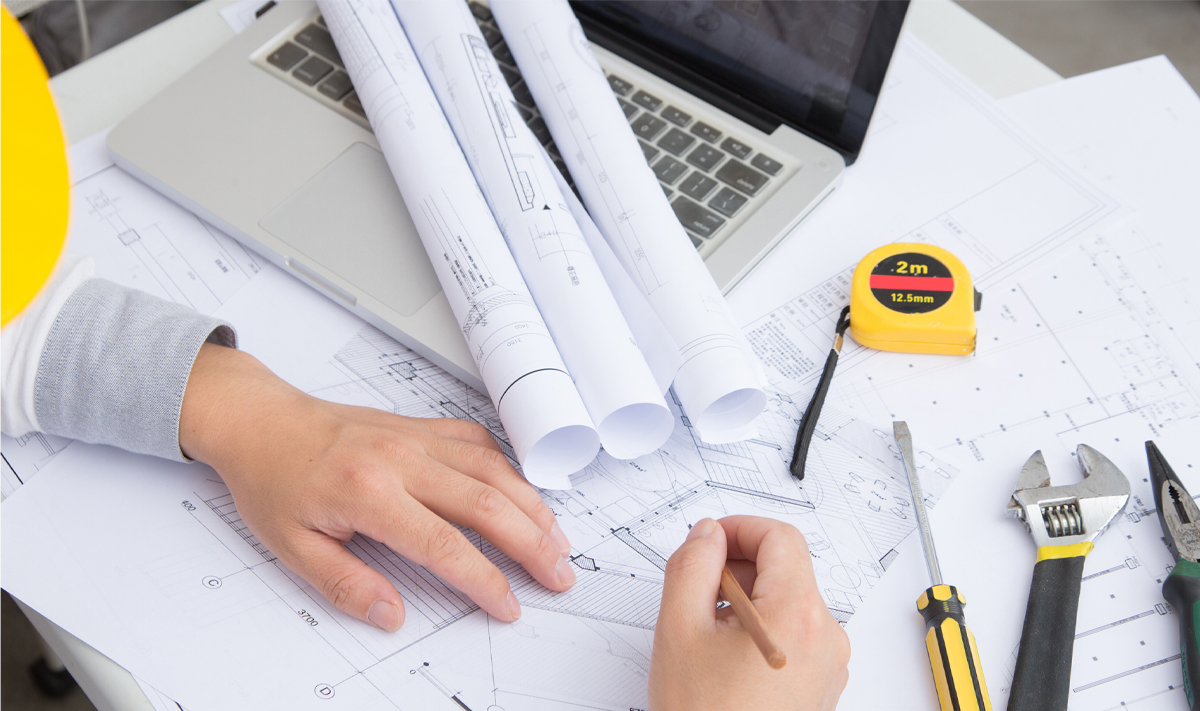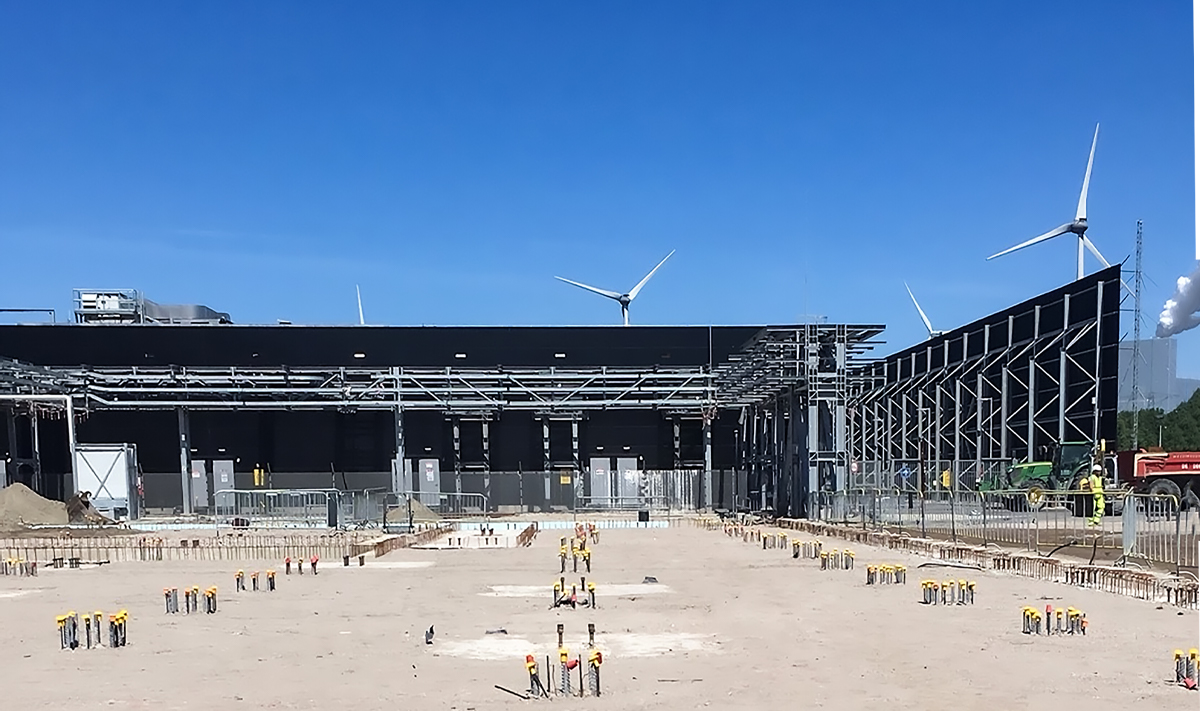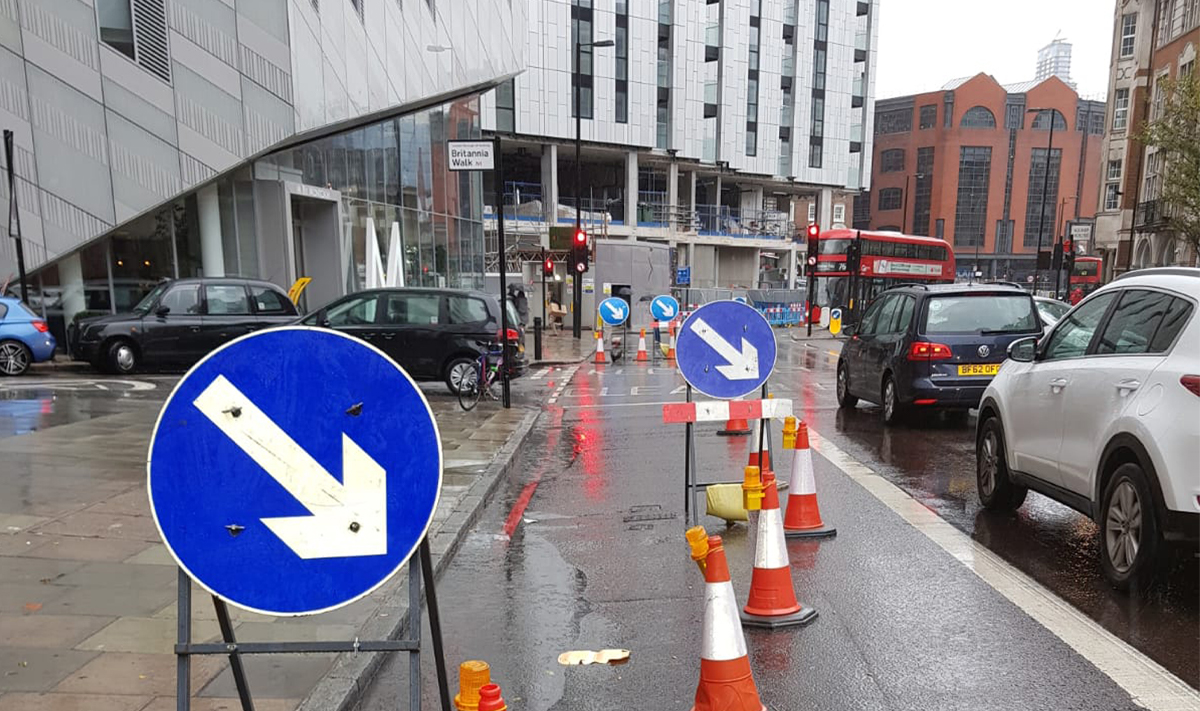As part of a significant new build 145 City Road, London, blu-3 was engaged to install several key utility services (gas, electricity, water) which could connect with the wider network within the area.
At the outset, the blu-3 team identified an opportunity to reduce the environmental impact of specific generator usage through the development of a novel drip tray design to contain contaminates from generators.
As part of construction, the company was using a series of relatively compact combined generator and electrofusion welders. These are 50kg in weight and are diesel-powered and are therefore prone to spillage and contamination. Whilst generators are often fixed to a plant nappy for spill containment, the team at blu-3 wanted to design and develop a removable drip tray which would be capable of supporting both generator and nappy in order to mitigate soil contamination. They wanted the tray to be capable of being reliably fixed to the generator, since the equipment was often handled without care which led to higher risk of damage and leaks.
Due to the specific heat output of the generators, and unknown amount of contaminates they would disperse, as well as the load and dimensions of the generator it would need to consider, there was no existing drip tray design which could be readily adapted or solution which could be achieved through routine analysis.
Specifically, the team sought to design and implement a drip tray system to be fixed to the underside of a generator and plant nappy which would significantly reduce the amount of contaminant spillage without compromising the performance of the generator or becoming damaged by its kinetic and thermal properties.
The solution would need to be robust although represented as a small lightweight removable tray, which could effectively carry the load of the plant nappy.
The following technological uncertainties were present during initial scoping of potential solution:
- It was unclear at the outset how the team could achieve a balance of capacity for containing contaminants while not making the design so deep that it would become unstable when in use, due to movement from the generator. Knowledge within the public domain was not sufficient for the competent professionals to readily deduce this.
- It could not be readily deduced whether there would be a potential issue with heat build-up by adding an additional structural layer beneath the generator. This was later found to be an issue, presenting further complexity to how the design could be achieved effectively.
Work done to resolve the technological uncertainties
The design and prototyping of the solution were carried out over several iterations, due to the conflicting factors present which would often impact the effectiveness of the tray.
As an example, the design was initially conceived as much deeper, in order to contain all of the potential leakage from the generator. However, this was found to be unstable structurally once the generator was in operation due to vibrations therefore it was incrementally adapted to be shallower. This then led to the tray absorbing heat from the plant machinery, which would then damage the overall apparatus. Through trial and error to engineer several iterations of the prototype, the team eventually arrived at an optimal solution.
In order to fix the tray effectively, they initially looked to use a bespoke metal fixing but this was found to create a significant amount of noise and wasn’t fit for purpose, so they ended up adapting plastic fixings, using pipe cutting tools, which would normally only be used for fixing pipes to walls. However, through trial and error, the fixings and their arrangement were adapted to better deliver the fixing requirements and the problems were solved.
